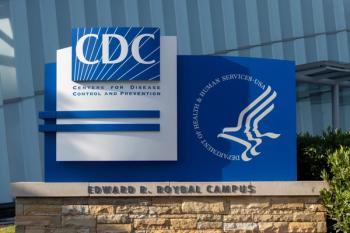
Researchers Find Dozens of Non-Oncology Drugs with Anti-Cancer Benefits
The research resulted in nearly 50 new drugs with previously unrecognized anti-cancer activity.
Some non-oncology medications have been found to kill cancer cells in laboratory settings, but the anti-cancer effects of these drugs are typically discovered accidentally. In order to expedite this process, a group of researchers created a public resource with the growth-inhibitory activity of 4518 drugs tested across 578 human cancer cell lines.
The research resulted in nearly 50 new drugs with previously unrecognized anti-cancer activity.
Using the Drug Repurposing Hub, a collection of more than 4500 drugs that are either FDA-approved or have been proven safe in clinical trials, the researchers tested the compounds on human cancer cell lines from the Broad's Cancer Cell Line Encyclopedia. Each line was tagged with a DNA barcode, which allowed them to pool several cell lines together in each dish and conduct a larger experiment more quickly.
Among the 50 new anti-cancer drugs were treatments initially developed to lower cholesterol or reduce inflammation.
In addition to killing cancer cells, some of the drugs had unexpected mechanisms in doing so. Some of them appeared to activate a protein or stabilize a protein-protein interaction, rather than blocking proteins similarly to most existing cancer drugs.
Most of them, however, functioned by interacting with a previously unrecognized molecular target. The anti-inflammatory drug tepoxalin, for example, killed the cancer cells by hitting an unknown target in cells that overexpressed the protein MDR1, which is a common driver or chemotherapy resistance.
Finally, the researchers analyzed each cell line's genomic features and were able to predict whether certain drugs could kill that line. This predictive ability suggests that those features could be used as biomarkers to identify patients who are more likely to benefit from specific treatments, according to the study.
The researchers said they hope to continue investigating the repurposing library compounds in more cancer cell lines in order to improve cancer treatments. They have also shared their findings openly on the Broad Institute's
REFERENCE
Corsello S, Nagari R, Spangler R, Rossen J, et al. Discovering the anticancer potential of non-oncology drugs by systemic viability profiling. Nature Cancer; January 20, 2020.
Newsletter
Stay informed on drug updates, treatment guidelines, and pharmacy practice trends—subscribe to Pharmacy Times for weekly clinical insights.




















































































































































































































